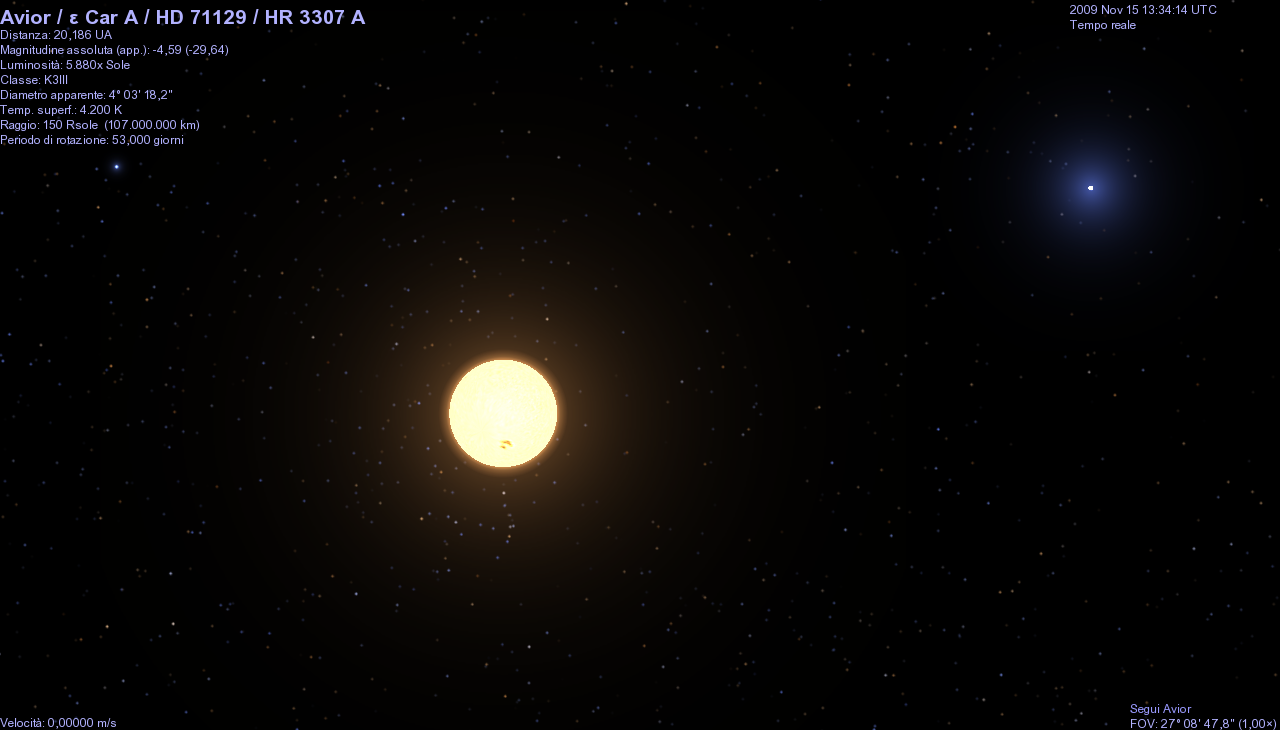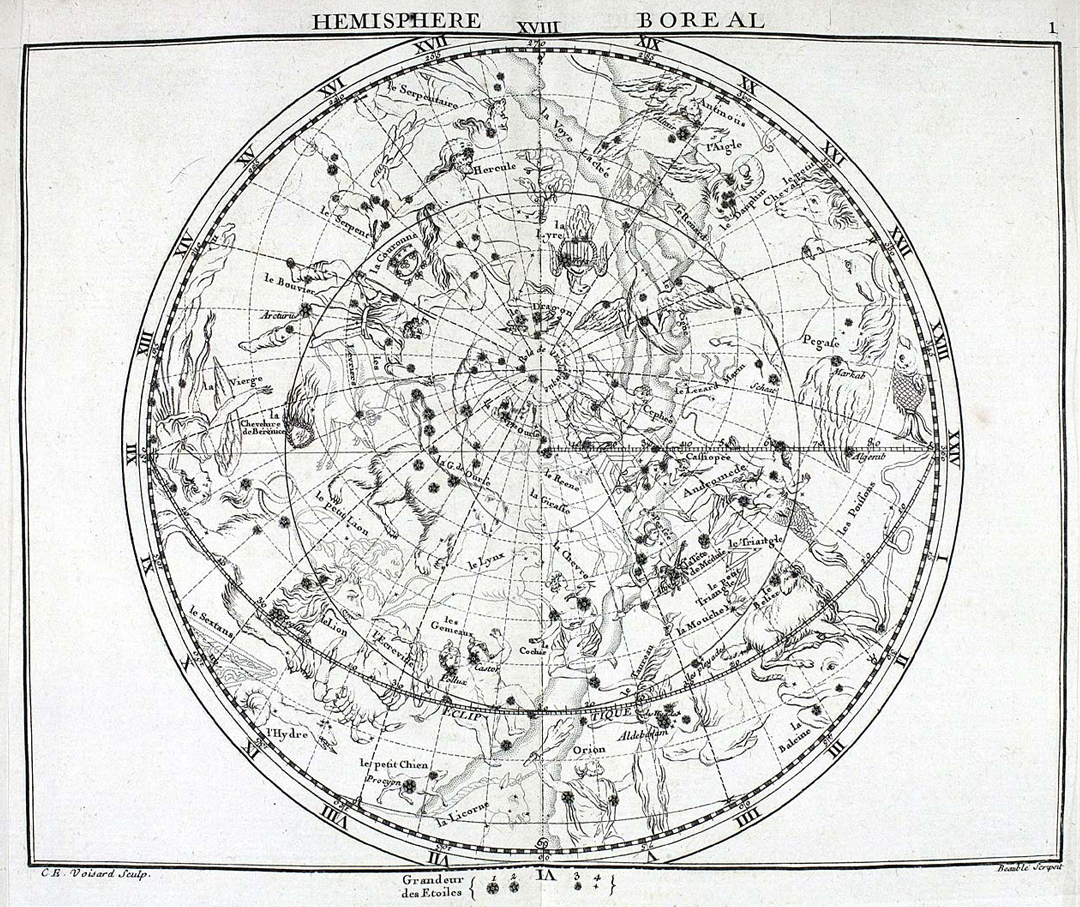|
HD 212710
HD 212710, also known as BD+85 383, SAO 3721, HR 8546, HIP 109693 is a star in Cepheus with an apparent magnitude of 5.258 and a spectral type of B9.5 Vn, indicating that it is a B-type main sequence star, giving it a blue hue. It's about 254 light-years far away from the solar system. It has about 2.61 times the mass of sun, 2.387 times the radius of sun and 53.79 times as luminous as sun. Nomenclature This star doesn't have a Bayer or Flamsteed designation. It has a Chinese name, "Great Tianhuang Emperor" (Chinese: ''天皇大帝'', ''tiānhuángdàdì'') which means "The Emperor of Heaven". It is an independent constellation A constellation is an area on the celestial sphere in which a group of visible stars forms Asterism (astronomy), a perceived pattern or outline, typically representing an animal, mythological subject, or inanimate object. The origins of the e ... in the system of Chinese constellations, belonging to the Purple Forbidden enclosure. Refe ... [...More Info...] [...Related Items...] OR: [Wikipedia] [Google] [Baidu] |
J2000
In astronomy, an epoch or reference epoch is a moment in time used as a reference point for some time-varying astronomical quantity. It is useful for the celestial coordinates or orbital elements of a celestial body, as they are subject to perturbations and vary with time. These time-varying astronomical quantities might include, for example, the mean longitude or mean anomaly of a body, the node of its orbit relative to a reference plane, the direction of the apogee or aphelion of its orbit, or the size of the major axis of its orbit. The main use of astronomical quantities specified in this way is to calculate other relevant parameters of motion, in order to predict future positions and velocities. The applied tools of the disciplines of celestial mechanics or its subfield orbital mechanics (for predicting orbital paths and positions for bodies in motion under the gravitational effects of other bodies) can be used to generate an ephemeris, a table of values giving the positions ... [...More Info...] [...Related Items...] OR: [Wikipedia] [Google] [Baidu] |
B-type Main Sequence Star
A B-type main-sequence star (B V) is a main-sequence (hydrogen-burning) star of spectral type B and luminosity class V. These stars have from 2 to 16 times the mass of the Sun and surface temperatures between 10,000 and 30,000 K. B-type stars are extremely luminous and blue. Their spectra have neutral helium, which are most prominent at the B2 subclass, and moderate hydrogen lines. Examples include Regulus and Algol A. This class of stars was introduced with the Harvard sequence of stellar spectra and published in the ''Revised Harvard photometry'' catalogue. The definition of type B-type stars was the presence of non-ionized helium lines with the absence of singly ionized helium in the blue-violet portion of the spectrum. All of the spectral classes, including the B type, were subdivided with a numerical suffix that indicated the degree to which they approached the next classification. Thus B2 is 1/5 of the way from type B (or B0) to type A. Later, however, more refined sp ... [...More Info...] [...Related Items...] OR: [Wikipedia] [Google] [Baidu] |
Bright Star Catalogue Objects
Bright may refer to: Common meanings *Bright, an adjective meaning giving off or reflecting illumination; see Brightness *Bright, an adjective meaning someone with intelligence People *Bright (surname) *Bright (given name) *Bright, the stage name of Thai actor/musician Vachirawit Chiva-aree Places Australia * Bright, Victoria, a town * Electoral district of Bright in South Australia Canada * Bright Parish, New Brunswick Northern Ireland *Bright, County Down, a village and parish in County Down United States * Bright, Indiana, a census-designated place *Bright, West Virginia, an unincorporated community *Bright, Wisconsin, an unincorporated community Arts and entertainment Music * Bright (American band), an experimental pop group from Brooklyn, New York ** ''Bright'' (Bright (American band) album), the eponymous debut from the aforementioned group * Bright (Japanese band), a dance vocal band from Japan ** ''Bright'' (Bright (Japanese band) album) * "Bright" (song), a song by ... [...More Info...] [...Related Items...] OR: [Wikipedia] [Google] [Baidu] |
Purple Forbidden Enclosure
The Purple Forbidden enclosure ( Zǐ wēi yuán) is one of the San Yuan ( Sān yuán) or Three Enclosures. Stars and constellations of this group lie near the north celestial pole and are visible all year from temperate latitudes in the Northern Hemisphere. Asterisms The asterisms are : See also * Twenty-eight mansions References Chinese constellations Chinese astrology {{china-stub ... [...More Info...] [...Related Items...] OR: [Wikipedia] [Google] [Baidu] |
Chinese Constellations
Traditional Chinese astronomy has a system of dividing the celestial sphere into asterisms or constellations, known as "officials" (Chinese ''xīng guān''). The Chinese asterisms are generally smaller than the constellations of Hellenistic tradition. The Song dynasty (13th-century) Suzhou planisphere shows a total of 283 asterisms, comprising a total of 1,565 individual stars. The asterisms are divided into four groups, the Twenty-Eight Mansions (, ''Èrshíbā Xiù'') along the ecliptic, and the Three Enclosures of the northern sky. The southern sky was added as a fifth group in the late Ming Dynasty based on European star charts, comprising an additional 23 asterisms. The Three Enclosures (, ''Sān Yuán'') include the Purple Forbidden Enclosure, which is centered on the north celestial pole and includes those stars which could be seen year-round,Needham, J.Astronomy in Ancient and Medieval China. ''Philosophical Transactions of the Royal Society of London''. Series A, ... [...More Info...] [...Related Items...] OR: [Wikipedia] [Google] [Baidu] |
Flamsteed Designation
A Flamsteed designation is a combination of a number and constellation name that uniquely identifies most naked eye stars in the modern constellations visible from southern England. They are named for John Flamsteed who first used them while compiling his '' Historia Coelestis Britannica''. (Flamsteed used a telescope, and the catalog also includes some stars which are relatively bright but not necessarily visible with the naked eye.) Description Flamsteed designations for stars are similar to Bayer designations, except that they use numbers instead of Greek and Roman letters. Each star is assigned a number and the Latin genitive of the constellation it lies in (see 88 modern constellations for a list of constellations and the genitive forms of their names). Flamsteed designations were assigned to 2554 stars. The numbers were originally assigned in order of increasing right ascension within each constellation, but due to the effects of precession they are now slightly out o ... [...More Info...] [...Related Items...] OR: [Wikipedia] [Google] [Baidu] |
Bayer Designation
A Bayer designation is a stellar designation in which a specific star is identified by a Greek or Latin letter followed by the genitive form of its parent constellation's Latin name. The original list of Bayer designations contained 1,564 stars. The brighter stars were assigned their first systematic names by the German astronomer Johann Bayer in 1603, in his star atlas '' Uranometria''. Bayer catalogued only a few stars too far south to be seen from Germany, but later astronomers (including Nicolas-Louis de Lacaille and Benjamin Apthorp Gould) supplemented Bayer's catalog with entries for southern constellations. Scheme Bayer assigned a lowercase Greek letter (alpha (α), beta (β), gamma (γ), etc.) or a Latin letter (A, b, c, etc.) to each star he catalogued, combined with the Latin name of the star's parent constellation in genitive (possessive) form. The constellation name is frequently abbreviated to a standard three-letter form. For example, Aldebaran in the constellation ... [...More Info...] [...Related Items...] OR: [Wikipedia] [Google] [Baidu] |
Light-year
A light-year, alternatively spelled light year, is a large unit of length used to express astronomical distances and is equivalent to about 9.46 trillion kilometers (), or 5.88 trillion miles ().One trillion here is taken to be 1012 (one million million, or billion in long scale). As defined by the International Astronomical Union (IAU), a light-year is the distance that light travels in a vacuum in one Julian year (365.25 days). Because it includes the time-measurement word "year", the term ''light-year'' is sometimes misinterpreted as a unit of time. The ''light-year'' is most often used when expressing distances to stars and other distances on a galactic scale, especially in non-specialist contexts and popular science publications. The unit most commonly used in professional astronomy is the parsec (symbol: pc, about 3.26 light-years) which derives from astrometry; it is the distance at which one astronomical unit subtends an angle of one second of arc. D ... [...More Info...] [...Related Items...] OR: [Wikipedia] [Google] [Baidu] |
2MASS
The Two Micron All-Sky Survey, or 2MASS, was an astronomical survey of the whole sky in infrared light. It took place between 1997 and 2001, in two different locations: at the U.S. Fred Lawrence Whipple Observatory on Mount Hopkins, Arizona, and at the Cerro Tololo Inter-American Observatory in Chile, each using a 1.3-meter telescope for the Northern and Southern Hemisphere, respectively. It was conducted in the short-wavelength infrared at three distinct frequency bands ( J, H, and K) near 2 micrometres, from which the photometric survey with its HgCdTe detectors derives its name. 2MASS produced an astronomical catalog with over 300 million observed objects, including minor planets of the Solar System, brown dwarfs, low-mass stars, nebulae, star clusters and galaxies. In addition, 1 million objects were cataloged in the ''2MASS Extended Source Catalog'' (''2MASX''). The cataloged objects are designated with a "2MASS" and "2MASX"-prefix respectively. Catalog The ... [...More Info...] [...Related Items...] OR: [Wikipedia] [Google] [Baidu] |
Cepheus (constellation)
Cepheus is a constellation in the far northern sky, named after Cepheus, a king of Aethiopia in Greek mythology. It is one of the 48 constellations listed by the second century astronomer Ptolemy, and it remains one of the 88 constellations in the modern times. The constellation's brightest star is Alpha Cephei, with an apparent magnitude of 2.5. Delta Cephei is the prototype of an important class of star known as a Cepheid variable. RW Cephei, an orange hypergiant, together with the red supergiants Mu Cephei, MY Cephei, SW Cephei, VV Cephei, and V354 Cephei are among the largest stars known. In addition, Cepheus also has the hyperluminous quasar S5 0014+81, which hosts an ultramassive black hole in its core, reported at 40 billion solar masses, about 10,000 times more massive than the central black hole of the Milky Way, making this among the most massive black holes currently known. This paper does acknowledge the possibility of an optical illusion that would cause an ... [...More Info...] [...Related Items...] OR: [Wikipedia] [Google] [Baidu] |
Smithsonian Astrophysical Observatory Star Catalog
The Smithsonian Astrophysical Observatory Star Catalog is an astrometric star catalogue, created by Smithsonian Institution, a research institute. It was published by the Smithsonian Astrophysical Observatory in 1966 and contains 258,997 stars. The catalogue was compiled from various previous astrometric catalogues, and contains only stars to about ninth magnitude for which accurate proper motions were known. Names in the SAO catalogue start with the letters SAO, followed by a number. The numbers are assigned following 18 ten-degree bands of declination, with stars sorted by right ascension within each band. Online version of the SAO Catalog was created by the HEASARC in March 2001 based on ADC/CDS Catalog I/131A, which itself is originally derived from a character-coded machine-readable version of the Smithsonian Astrophysical Observatory Star Catalog (SAO, SAO Staff 1966) prepared by T.A. Nagy in 1979, and subsequently modified over the next decade or so. Examples of SA ... [...More Info...] [...Related Items...] OR: [Wikipedia] [Google] [Baidu] |






